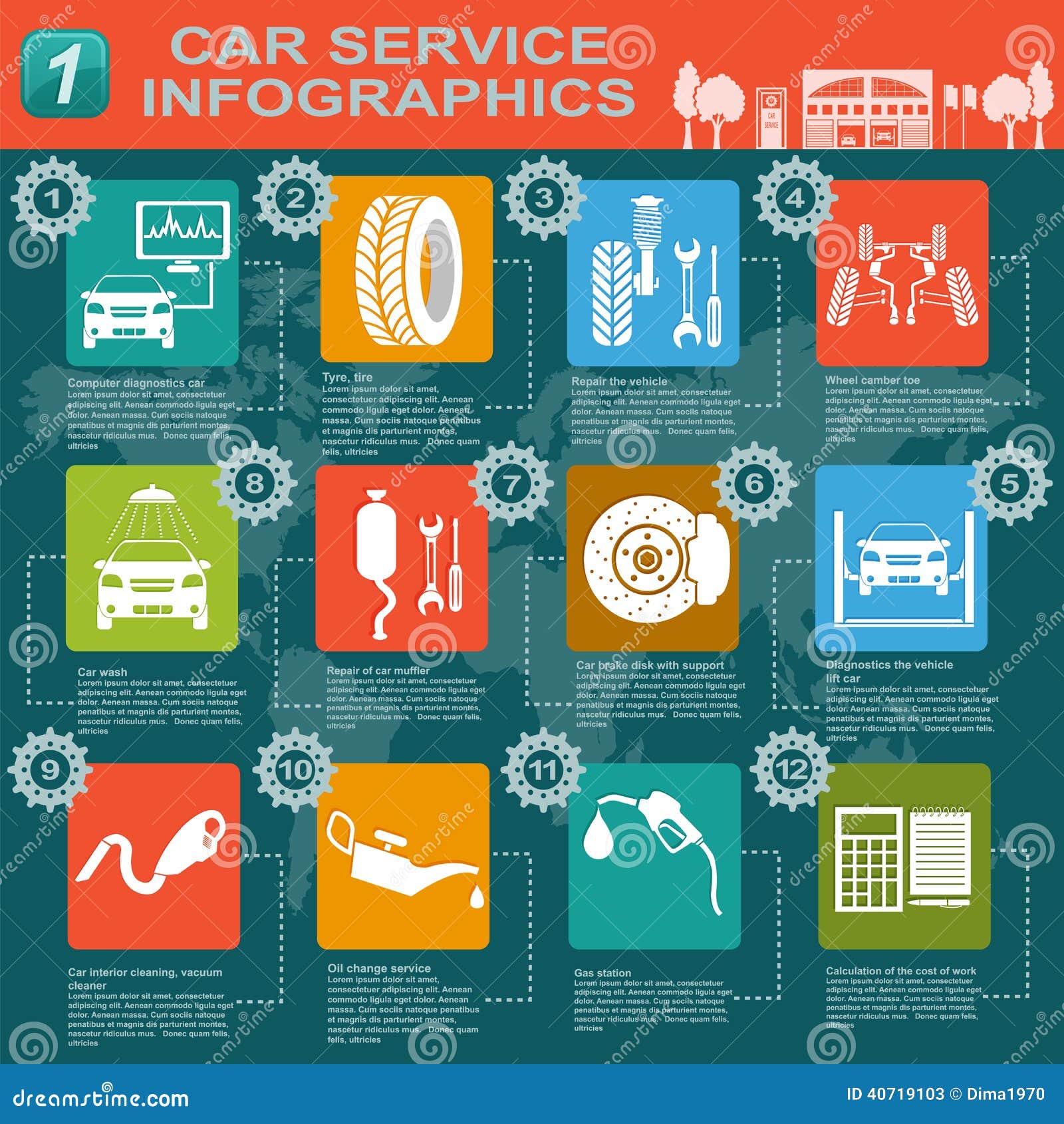Translating Your Vehicle'S Caution Indicators: What They Genuinely Symbolize
Translating Your Vehicle'S Caution Indicators: What They Genuinely Symbolize
Blog Article
Article Developed By-Lauritsen Alvarado
When you lag the wheel, those glowing warning lights on your dashboard can be a little bit bewildering. Do you know what they're attempting to inform you concerning your car's health? Comprehending the value of these lights is vital for your security and the longevity of your car. So, the following time one of those lights turns up, would not you want to decipher its message properly and take the required actions to address it?
Common Warning Lights and Interpretations
Identify typical caution lights in your cars and truck and comprehend their significances to guarantee risk-free driving.
The most typical caution lights include the check engine light, which signifies problems with the engine or emissions system. If this light comes on, it's vital to have your car checked quickly.
The oil pressure cautioning light suggests reduced oil stress, calling for immediate attention to prevent engine damage.
A blinking battery light could suggest a faulty billing system, possibly leaving you stranded otherwise dealt with.
The tire stress surveillance system (TPMS) light signals you to reduced tire stress, influencing vehicle security and fuel efficiency. Disregarding this could cause dangerous driving problems.
https://www.autoserviceworld.com/paid-the-boom-of-automotive-diy/ indicates an issue with the anti-lock stopping system, jeopardizing your capacity to stop swiftly in emergencies.
Finally, the coolant temperature warning light warns of engine overheating, which can cause serious damage otherwise dealt with quickly.
Recognizing these typical caution lights will assist you address problems without delay and keep secure driving conditions.
Importance of Prompt Attention
Recognizing the typical caution lights in your auto is just the first step; the importance of quickly dealing with these warnings can't be highlighted sufficient to ensure your safety on the road.
When a warning light illuminates on your dashboard, it's your car's method of connecting a possible problem that needs interest. Neglecting these warnings can bring about much more severe troubles down the road, endangering your safety and security and potentially costing you more in repairs.
Motivate interest to advising lights can protect against break downs and mishaps. For take a look at the site here , a flashing check engine light might suggest a misfire that, if left unattended, could cause damages to the catalytic converter. Addressing this quickly can save you from an expensive repair service.
In a similar way, a brake system alerting light could signal reduced brake fluid or worn brake pads, important elements for your safety and security when driving.
Do It Yourself Troubleshooting Tips
If you see a caution light on your control panel, there are a couple of DIY fixing tips you can attempt before looking for expert help.
The primary step is to consult your vehicle's guidebook to recognize what the particular warning light shows. In some cases the concern can be as basic as a loose gas cap triggering the check engine light. Tightening up the gas cap may solve the problem.
An additional typical problem is a reduced battery, which can set off different advising lights. Inspecting the battery connections for deterioration and ensuring they're protected may take care of the problem.
If a warning light persists, you can try resetting it by detaching the automobile's battery for a few minutes and then reconnecting it. Furthermore, checking your lorry's fluid levels, such as oil, coolant, and brake fluid, can help fix warning lights related to these systems.
Final thought
To conclude, comprehending your car's caution lights is essential for keeping your car running efficiently and securely. By quickly resolving these informs and knowing what they imply, you can avoid pricey repair services and prospective failures.
Remember to consult your vehicle's handbook for particular information on each warning light and do something about it appropriately to ensure a trouble-free driving experience.
Keep informed, stay secure on the road!
